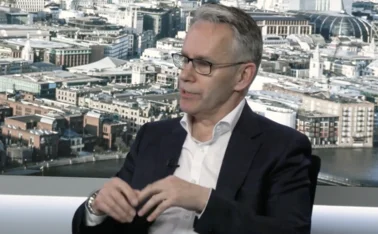
Three key findings from the 'Transitioning To Usage-Based Insurance' webinar

Jonathan Swift, content director for Insurance Post, recently hosted the webinar: ‘Transitioning To Usage-Based Insurance’, in which a panel of experts discuss how usage-based insurance could be core to insurers while future-proofing their ability to adapt to developing vehicle technologies.
Over the past two years, policyholders have had a chance to fully consider what they pay for their motor insurance and what is fair value. This is down to a number of factors – not least vehicles have
Only users who have a paid subscription or are part of a corporate subscription are able to print or copy content.
To access these options, along with all other subscription benefits, please contact info@postonline.co.uk or view our subscription options here: https://subscriptions.postonline.co.uk/subscribe
You are currently unable to print this content. Please contact info@postonline.co.uk to find out more.
You are currently unable to copy this content. Please contact info@postonline.co.uk to find out more.
Copyright Infopro Digital Limited. All rights reserved.
As outlined in our terms and conditions, https://www.infopro-digital.com/terms-and-conditions/subscriptions/ (point 2.4), printing is limited to a single copy.
If you would like to purchase additional rights please email info@postonline.co.uk
Copyright Infopro Digital Limited. All rights reserved.
You may share this content using our article tools. As outlined in our terms and conditions, https://www.infopro-digital.com/terms-and-conditions/subscriptions/ (clause 2.4), an Authorised User may only make one copy of the materials for their own personal use. You must also comply with the restrictions in clause 2.5.
If you would like to purchase additional rights please email info@postonline.co.uk








